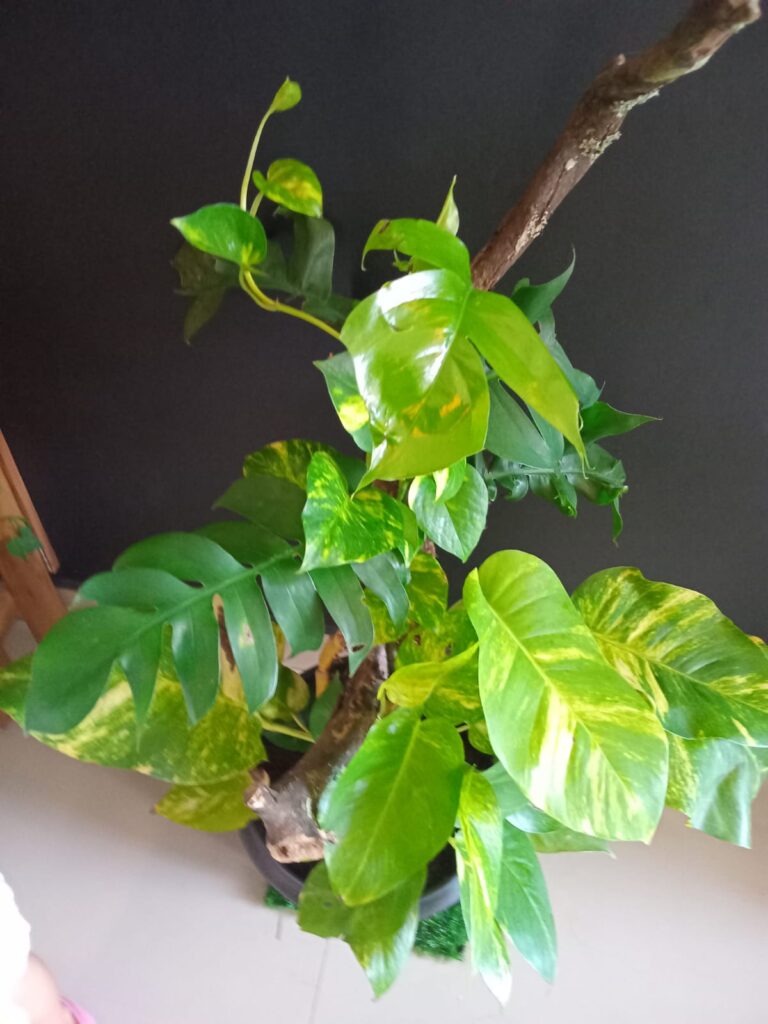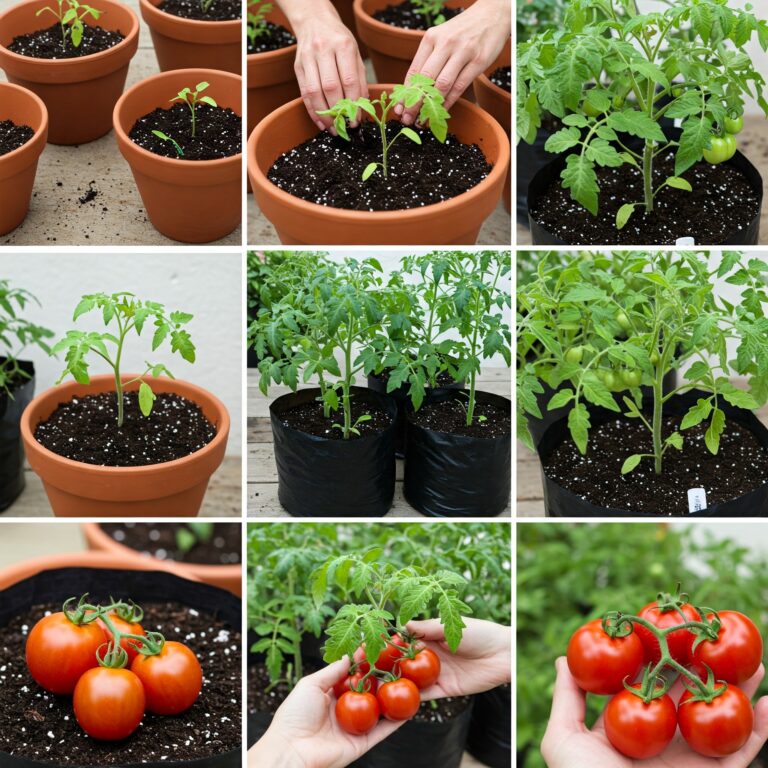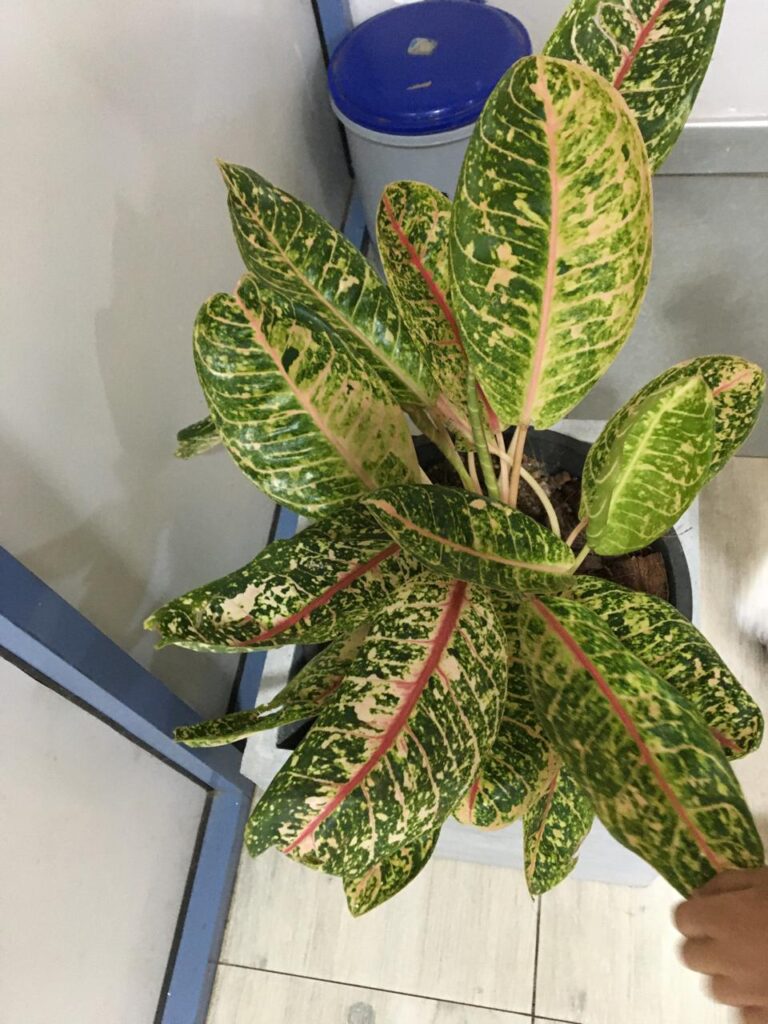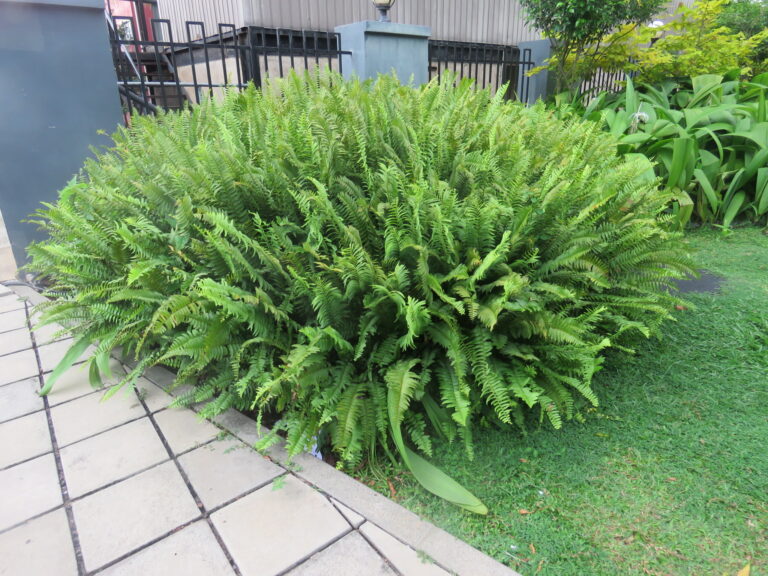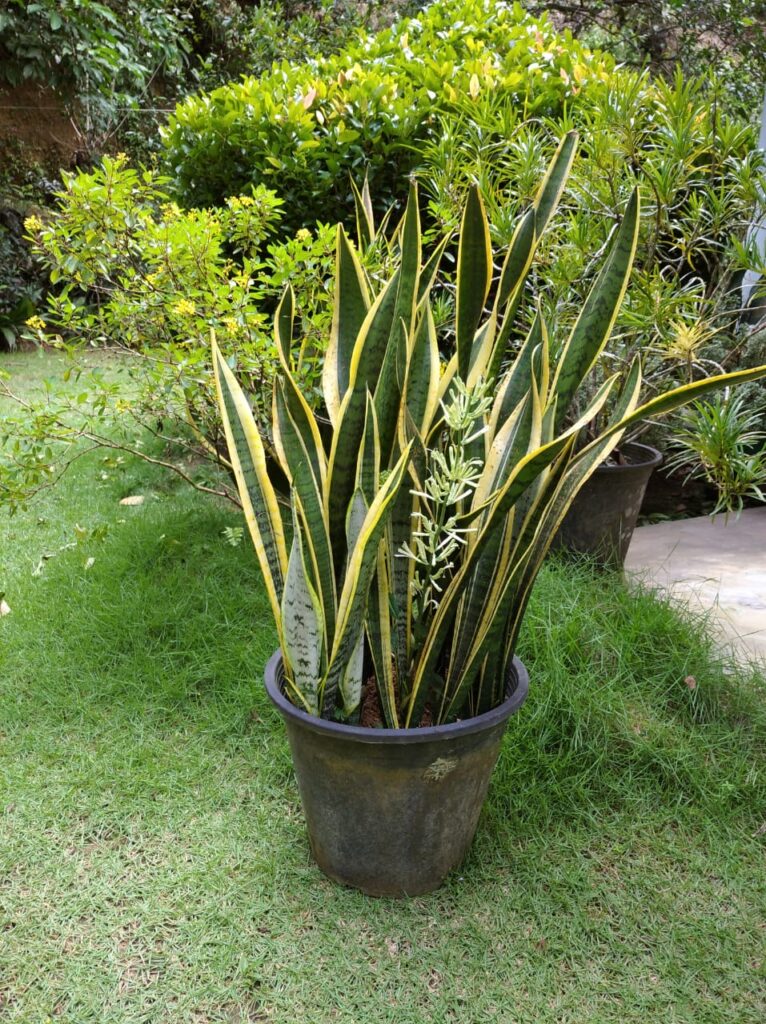
Indestructible, the snakes plant is a stress-free architectural houseplant that can live for many years.
Which snake plants to grow
The main species, Dracaena trifasciata (syn. Sansevieria trifasciata; S. zeylanica) has grey-green leaves banded with rich emerald, but there are several varieties with different colouring or height. The variegated snake plant is Sansevieria trifasciata var. Laurentii is the most widely grown form, loved for the striking golden-cream edging of its leaves.
Classed as different species, but still referred to as snake plants, Sansevieria Metallica has dusky silver leaves, and the African spear (or cylindrical snake plant), Sansevieria cylindrica (syn. Dracaena angolensis), is architectural, growing in narrow, upright spikes.
Snake plant Information
Common Names: Snake plant, mother-in-law’s tongue, bowstring hemp
Botanical Name:Dracaena trifasciata (syn. Sansevieria trifasciata, S. zeylanica)
Family: Asparagaceae (Asparagus family)
Type: Evergreen perennial succulent
Height: Up to 75 cm (30 inches) indoors
Spread: Up to 30 cm (12 inches)
Light: Prefers bright, indirect light but tolerates low light and some direct sun
Humidity: Low to average
Temperature: 10–26°C (59–80°F)
Hardiness: H1B (best grown indoors in temperate climates)
Difficulty Level: Easy
Why Grow a Snake Plant?
Originally from West Africa, the snake plant thrives in hot, dry conditions, making it an excellent choice for homes and offices. It is:
✔ Drought-tolerant – Perfect for forgetful waterers.
✔ Low maintenance – Grows well in various light conditions.
✔ Aesthetic & architectural – Adds vertical interest to any space.
✔ Resilient – Tolerates neglect, drafts, and dry air.
Where to Place a Snake Plant
Although highly adaptable, snake plants prefer:
✅ Bright, indirect light – Ideal for east- or west-facing windows.
✅ Low humidity environments – Avoid high-moisture areas like bathrooms.
✅ Stable temperatures – Keep above 10°C (50°F), preferably above 15°C (59°F).
Is the Snake Plant an Air-Purifying Plant?
Snake plants are often praised for their air-purifying abilities. While they can filter toxins like formaldehyde and benzene, you would need multiple plants to make a noticeable impact. However, they do release oxygen at night, making them great bedroom plants.
How to Grow and Care for a Snake Plant
1. Light
- Prefers bright, indirect light but tolerates low light.
- In very low light, leaves may lose their variegation.
- Some direct sun is okay but avoid prolonged exposure to harsh afternoon light.
2. Temperature & Humidity
- Ideal temperature: 15–26°C (59–80°F).
- Avoid temperatures below 10°C (50°F).
- Thrives in low to average humidity.
3. Watering
- Water sparingly, as overwatering leads to root rot.
- In spring and summer, water only when the top half of the soil is dry.
- In winter, reduce watering to once a month or less.
4. Soil & Potting
- Use well soil succulent mix.
- Ensure the pot has drainage holes to prevent root rot.
- Choose a heavy pot to prevent tipping, as snake plants can grow tall.
5. Feeding (Fertilizing)
- Feed once a month in spring and summer with a balanced liquid fertilizer.
- No need to fertilize in fall and winter.
6. Repotting
- Repot every 2–3 years or when roots become crowded.
- Choose a pot only slightly larger than the current one.
- Use fresh, well-draining soil when repotting.
7. Propagation
Snake plants are easy to propagate in two ways:
- Leaf Cuttings: Cut a leaf into 5 cm (2-inch) sections, let them dry for 24 hours, then plant them upright in soil.
- Division: When repotting, gently separate new shoots with roots and plant them in their own pots.
Common Problems & Solutions
| Problem | Cause | Solution |
|---|---|---|
| Yellow or mushy leaves | Overwatering | Let soil dry out completely before watering again. |
| Drooping leaves | Poor drainage or root rot | Repot in fresh, well-draining soil and reduce watering. |
| Brown leaf tips | Underwatering or dry air | Increase watering slightly, but don’t overdo it. |
| Leaves losing color | Low light | Move to a brighter location. |
| Soft, wrinkled leaves | Too cold | Keep in a warmer spot (above 10°C). |
Final Thoughts
Snake plants are the ultimate low-maintenance houseplants, perfect for beginners and busy plant lovers. With their striking looks and adaptability, they’re a fantastic addition to any home. Just remember: less is more when it comes to watering.


